Acoustic Foam Bass Trap VS. GIK Acoustic’s 244 Bass Trap Panel
One of the most common questions we get at GIK Acoustics is whether foam bass traps really work—especially when compared to our 244 Bass Trap panels. It’s easy to understand why people gravitate toward acoustic foam: it’s cheap, available everywhere, and marketed heavily as a simple solution for improving sound. But when it comes to controlling bass frequencies, the truth is in the data.
Acoustic foam can help reduce reverberation at high frequencies, but it’s nearly ineffective in addressing low-frequency sound—where many of the most persistent problems occur in small rooms, home studios, and recording spaces. Worse, because foam products often aren’t thick or dense enough, they can give users a false sense of control while leaving core problems like bass build up and room modes untouched.
To demonstrate this clearly, we ran a side-by-side lab test comparing a room treated with popular acoustic foam wedge bass traps and the same room treated with GIK 244 Bass Traps. We measured both frequency response and decay time using REW software.
We purchased sixteen 17″ x 24” foam bass traps and compared them to eight GIK 244 Bass Traps (24″ x 48″). Both sets of products were placed in the corners of the room, using the same 32 feet of linear coverage. No EQ or additional tuning was used—this test was purely to compare passive acoustic performance.
Why corners? Because that’s where low frequencies naturally accumulate. Placing traps in the corners allows us to directly compare how each type of product handles the bass build up and standing waves that dominate untreated spaces.
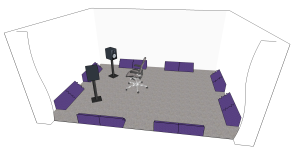
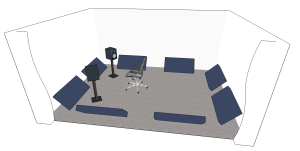
Frequency Response
Test 1: Empty Room
We first measured the room without any treatment. As expected, the result was a jagged frequency response with exaggerated peaks and deep nulls due to room modes.
Test 2: Foam Panels
The next test introduced the sixteen acoustic foam wedge bass traps. As you can see from the graph, they made very little difference below 250 Hz. While they did smooth out some high frequencies, there was no significant absorption in the bass frequency range.
Test 3: GIK 244 Bass Traps
In contrast, the 244 Bass Traps made a substantial improvement starting around 65 Hz and continuing upward. This is where most of the bass energy in music and voice resides. Even frequencies as low as 45 Hz showed some control—this is deep low-frequency absorption that foam simply cannot provide.
How to Read the Frequency Response Graphs
Frequency response graphs show how evenly the room reproduces different tones from low to high. Peaks and dips reflect interference patterns from sound bouncing off surfaces and interfering with the direct sound. Absorbers like the 244 panel reduce these peaks and dips by stopping reflected sound waves before they create problems.
More importantly, smoother frequency response means better sound quality—you’re hearing more of what your speakers are producing and less coloration from the room.
Waterfall Graphs: The Real Story Is in the Decay
What Is a Waterfall Graph?
A waterfall graph combines frequency response with decay time—how long it takes sound at a given frequency to die out. The 3D shape lets you see not only how strong the sound is at each frequency, but how long it lingers in the room.
Decay times are especially critical for bass frequencies, which naturally take longer to dissipate. Poor decay times make the room sound muddy and undefined, masking detail and clarity. This is what people mean when they say a room has “boomy bass” or feels like it has too much reverb.
Understand the decay time behavior will give us much more info about what the room actually sounds like than a simple frequency response chart. These frequencies that linger in the room longer have a much greater effect on what we hear in the room.
These lower frequencies are also more difficult to treat than higher frequencies in the treble and midrange. Common household items like carpeting, curtains, and even soft furniture can offer some high frequency absorption, but bass absorption generally doesn’t happen by accident. We need devices designed properly and built from optimal materials to achieve bass absorption, and these tests show us exactly how well the devices work (or don’t work!). Bass performance under 300Hz is important in all audio system, but especially so for systems with subwoofers or strong bass response.
Test 4: Empty Room (Waterfall)
With no treatment, decay times were excessive—some bass frequencies took over 500ms to decay fully. This contributes to a smearing of detail in music and a lack of clarity in spoken voice.
Test 5: Foam Panels (Waterfall)
The sixteen foam panels showed almost no change in decay times under 200 Hz. The foam bass traps simply don’t have the size, density, or thickness to affect low-end build up.
Test 6: GIK 244 Bass Traps (Waterfall)
The GIK 244 Bass Traps made a dramatic difference. At 65 Hz, decay time dropped significantly, and even 45 Hz saw measurable improvements. This is the core function of a bass trap—not just to change the tone, but to reduce how long low frequencies linger in the room.
Why This Matters
When people talk about a room that sounds “tight,” “clear,” or “punchy,” they’re describing a space with short and even decay times—especially in the bass. Without proper acoustic treatment, your room becomes an “filter” of its own, imposing its sonic signature onto what y hear, smearing sound and masking detail. A good treatment strategy with acoustic panels, corner bass traps, possibly diffusers on the back wall, with a much more controlled sound at the listening position is a game-changer.
Foam vs Fiberglass: A Material Difference
The reason foam underperforms is simple physics. Low frequencies have long wavelengths and require thicker, denser material to absorb effectively. Rigid fiberglass and mineral wool in panels like the GIK 244 are designed to meet this demand.
- Foam often has too low a density to resist air movement and convert it into heat (the core of sound absorption).
- Even 4″ foam cannot compete with a 4″ fiberglass panel—especially when paired with an air gap, which extends its performance even further.
Why Broadband Matters
The GIK 244 is a broadband absorber, meaning it works across the spectrum from low frequencies to high frequencies. This eliminates the most common issue with foam-based treatment: uneven performance. Foam typically absorbs only highs and upper mids, creating rooms that feel dead on top but muddy on bottom.
Broadband traps smooth out the frequency response and decay times across the board. That makes it easier to trust what you’re hearing—whether you’re tracking vocals in a vocal booth, mixing a record, or fine-tuning a home theater.
Why Room Acoustics Are Everything
No matter how expensive your monitors or amplifiers, no matter how well-treated your gear chain is, if your room acoustics are off, you’re not hearing your content clearly. This applies to:
- Recording studios struggling to get accurate mixes
- Home studios battling with unpredictable low end
- Listening rooms where the bass overwhelms the detail
- DIY vocal booths where the voice sounds boxy or unclear
Acoustic foam might make the space feel quieter, but it doesn’t deliver the sound quality needed to work accurately.
Graph Recap: What the Data Tells Us
- Frequency Response: Foam barely changes the frequency response until about 250 Hz. The GIK 244 significantly smooths the low end starting around 65 Hz.
- Waterfall/Decay: Foam has almost no effect on low-frequency decay times. GIK 244 traps cut decay at 65 Hz by a huge margin, improving clarity.
When it comes to sound waves in real-world rooms, it’s not just about volume—it’s about timing. Treating decay times helps eliminate standing waves, clean up flutter echoes, and tame room modes, particularly in corners of the room, where bass frequencies tend to build.
Foam Panels Can’t Replace Real Bass Traps
While foam products may offer a cosmetic or psychological improvement, they do not provide the acoustic control that proper bass traps do. If you’re looking to tame the low end, reduce build up in the corners of the room, and improve overall sound quality, broadband traps like the GIK 244 are essential.
Want to know exactly how many traps you’ll need or where to place them? Our GIK Acoustics Design Team offers free expert advice tailored to your space. Fill out the Acoustic Advice Form today, and let us help you make your room sound as good as it looks.


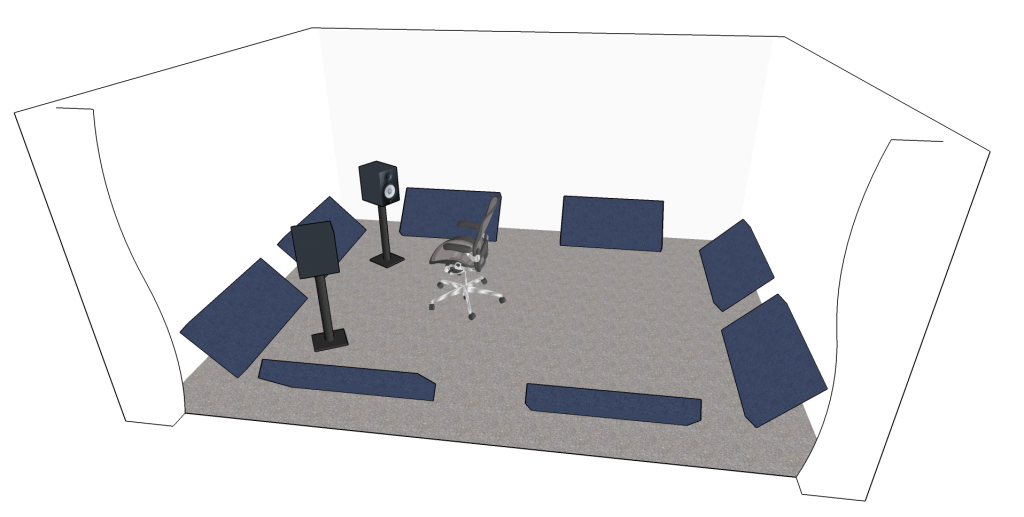

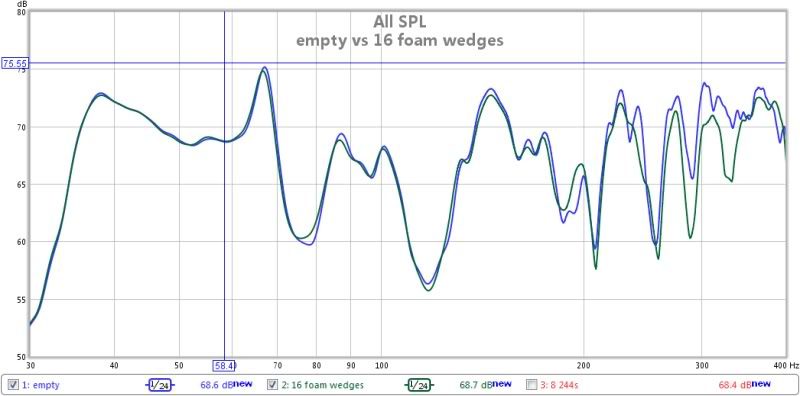
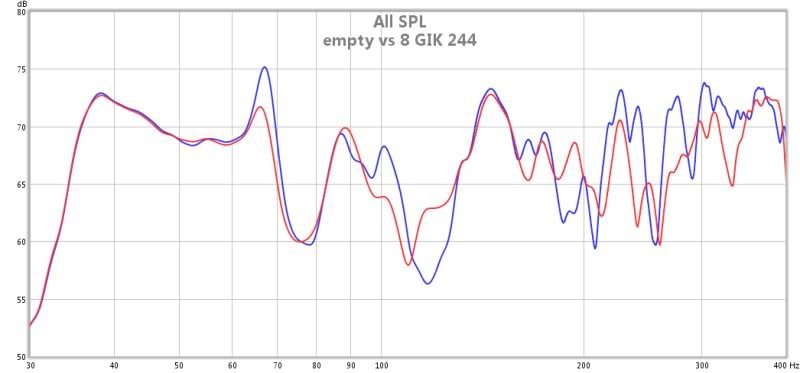
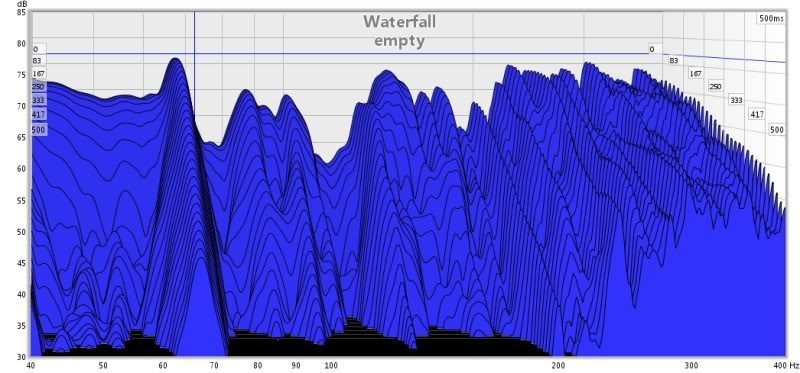
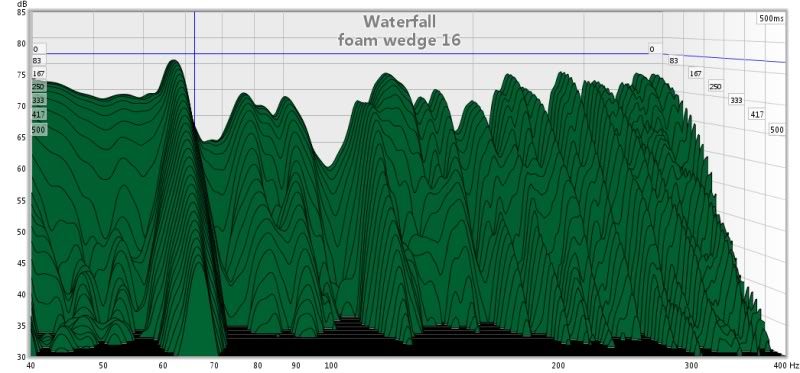
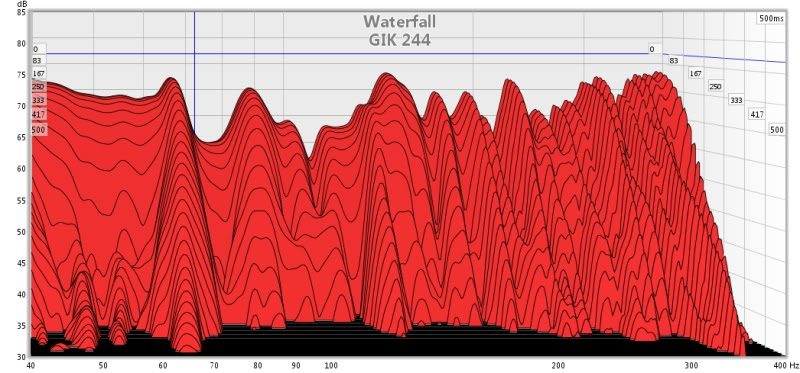

GIK Giveaway Viral Video Contest 2024
Room EQ Wizard TUTORIAL
How to set up and use REW In this video we show you how [...]
DIFFUSION Concepts Explained
How Acoustic Diffusers Work And Which One Is Right For You In this video [...]
Jan
The GIK Acoustic Advice
Get Your Room Sound Right For FREE! In this video we are giving a [...]
Jan
Designer Tips: The Significance of “Clouds” with Mike Major
When people reach out to us at GIK for acoustic advice, we never have any [...]
Jun
Designer Tips: The Importance of Coverage Area with James Lindenschmidt
The most important factor in acoustic treatment performance is coverage area. Or more specifically, the [...]
May
Designer Tips: Home Theaters and Acoustic Balance with John Dykstra
Without fail, one of the first things our clients say to us when we begin [...]
May
Summer Giveaway 2021 Vote
The GIK Acoustics Summer Giveaway Photo Contest 2021 invited customers to submit photos illustrating how [...]
Aug